-
Why Now for AI Governance

Part I: From Board Oversight to Framework Foundations A vivid scenario + why governance of AI matters now The boardroom is blinking to life. The room is familiar – executive chairs, polished oak table, the CEO at the head, the board director faces turned to the projection screen. Your organisation has just piloted a new… Read more
-
Why Responsible AI Is No Longer Optional
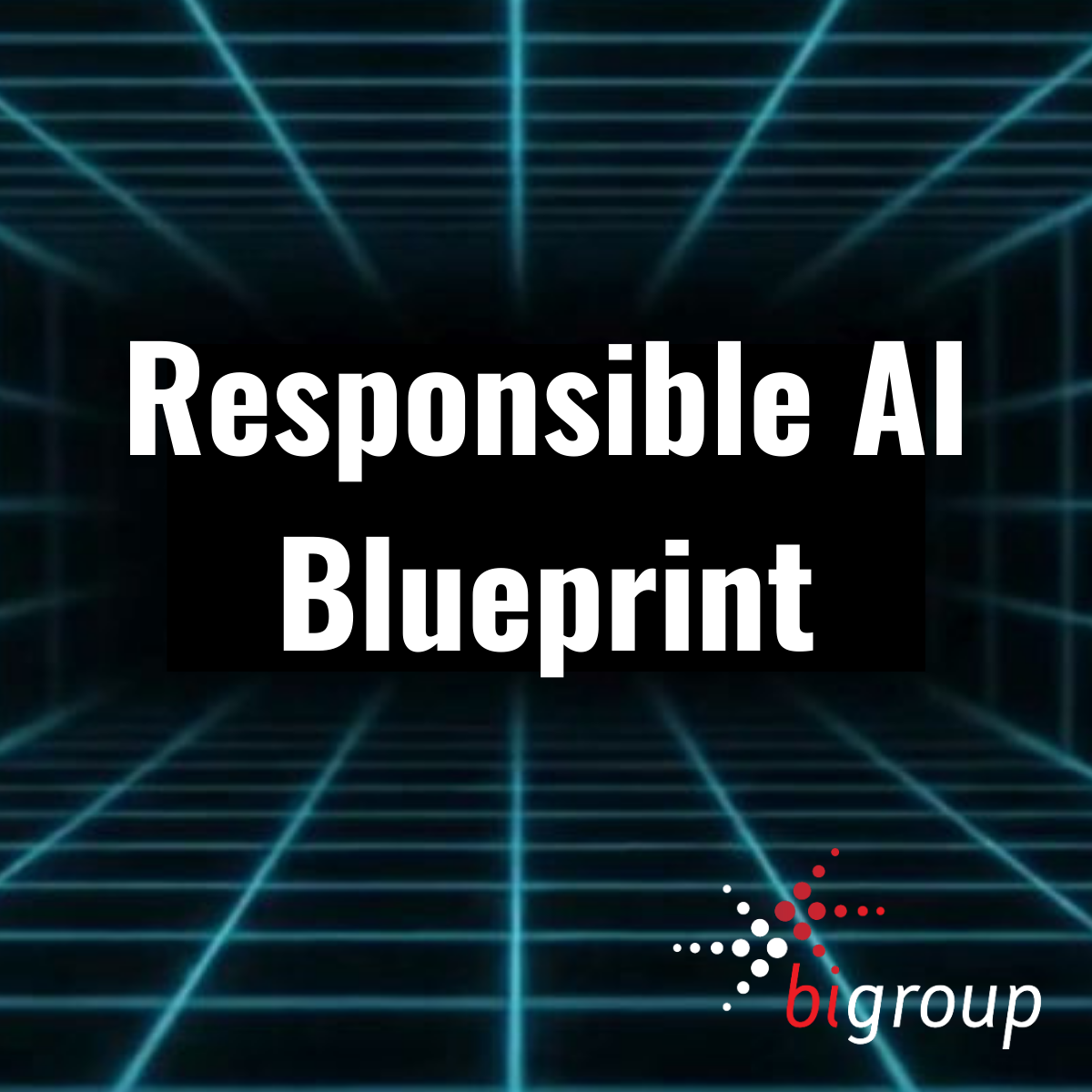
There is a quiet crisis unfolding in boardrooms and tech teams alike. Artificial intelligence is no longer just a toolkit for improvement, it’s rapidly becoming central to how organisations compete, create value, and interact with the world. Yet, for all its promise, AI’s risks remain widely misunderstood and, too often, left unmanaged. In this moment,… Read more
-
NIST AI RMF vs ISO/IEC 42001
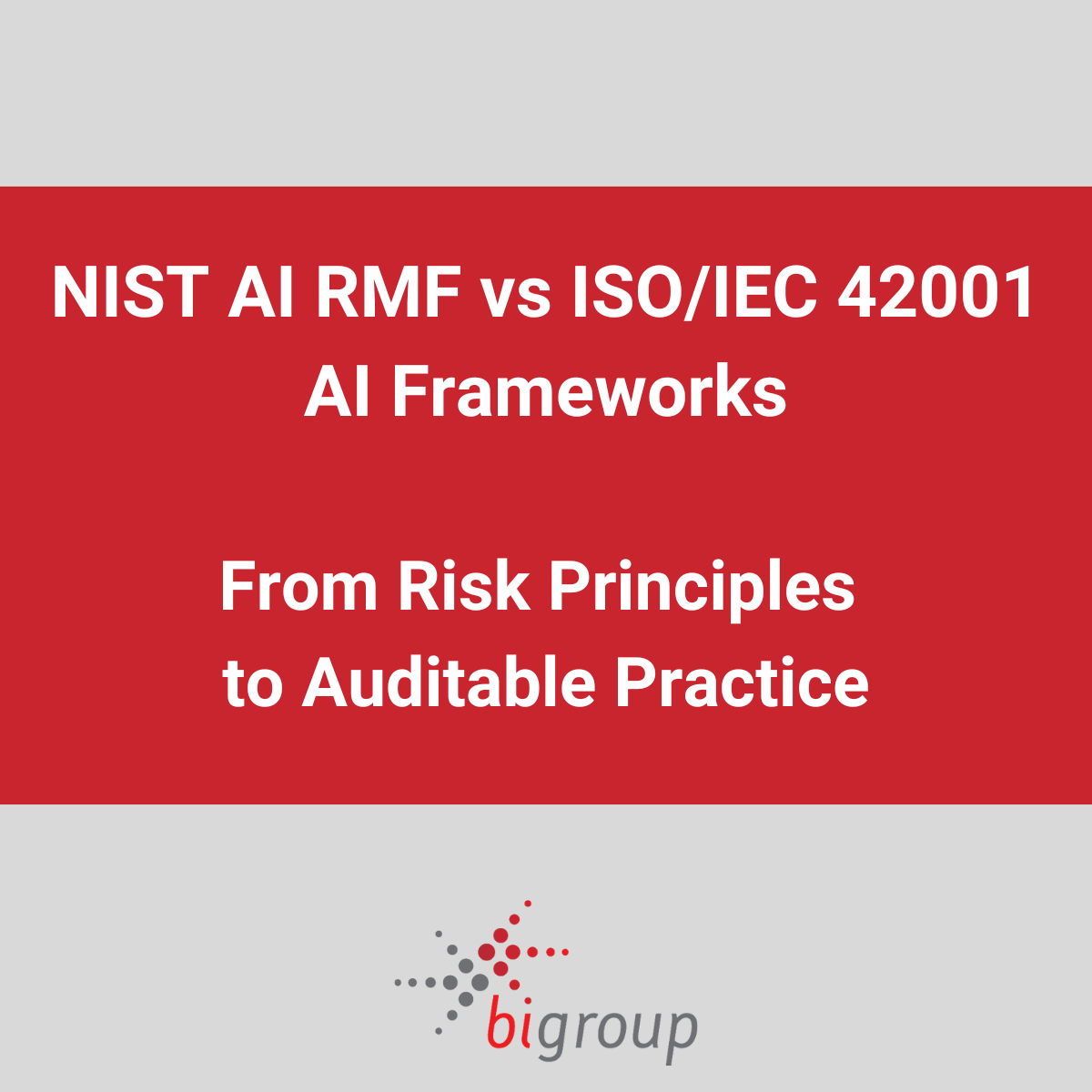
From Risk Principles to Auditable Practice Most organisations now realise that AI governance can’t be improvised. Risk registers, codes of conduct, and policy checklists aren’t enough, not when regulators, investors, and auditors are watching. What’s missing is coherence across frameworks. Two standards now dominate that space: the NIST AI Risk Management Framework (AI RMF) and… Read more
-
How human cells are rewiring the future of computing

A drop of thought A single droplet falls onto a silicon chip. It contains living human neurons, suspended in nutrient solution. They were grown from stem cells, carefully cultivated into dense networks capable of firing, adapting, and responding to their environment. They’ve never been part of a body. They are not here to restore memory… Read more
-
Governance is the missing layer in AI Agent design
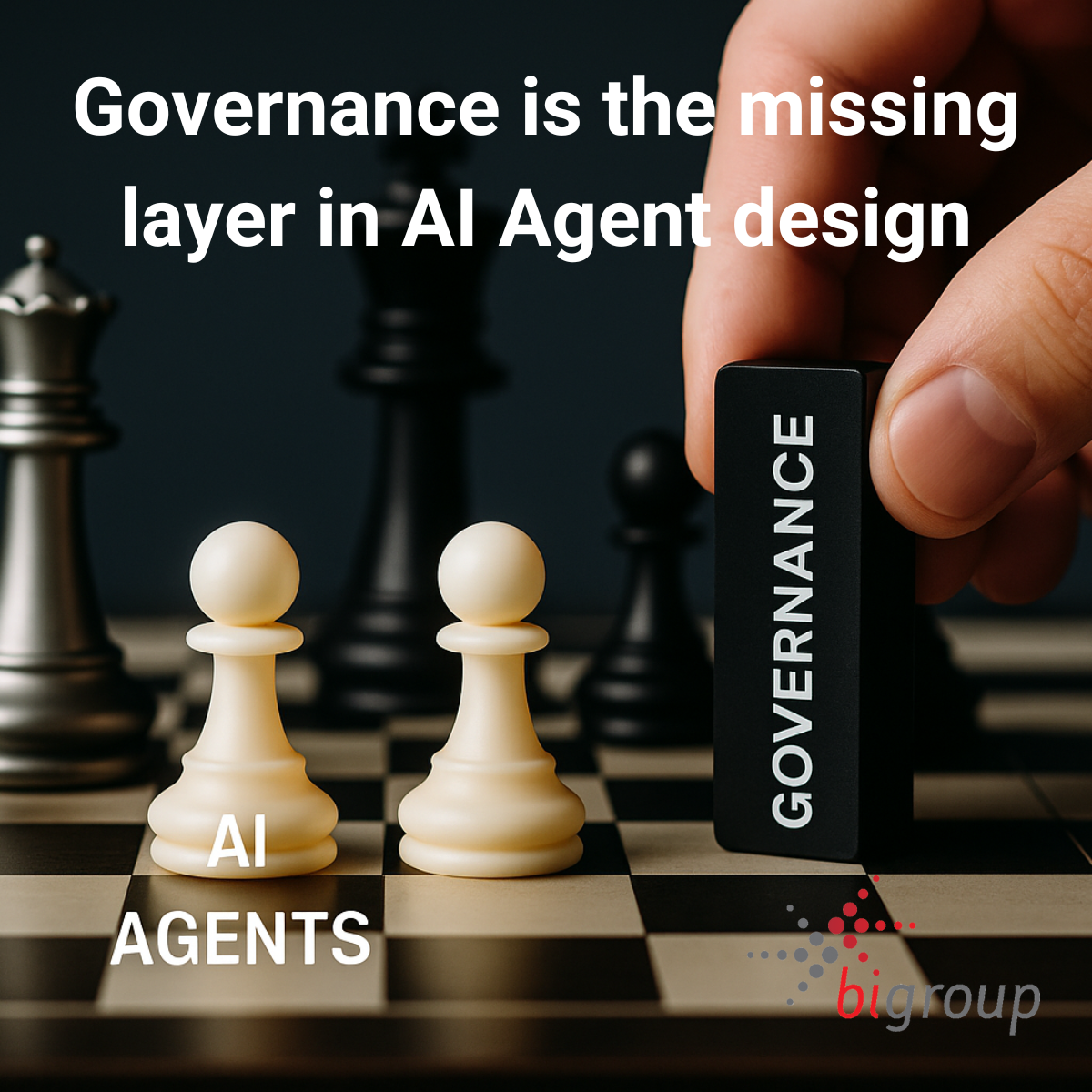
The autonomy paradox Autonomous AI agents are no longer a speculative future, they’re already at work. From customer service bots that schedule appointments to internal copilots that automate documentation or code review, these systems are increasingly capable of making decisions and taking actions without any human intervention. This rise in autonomy brings clear benefits: speed,… Read more
-
From Standard RAG to Agentic RAG
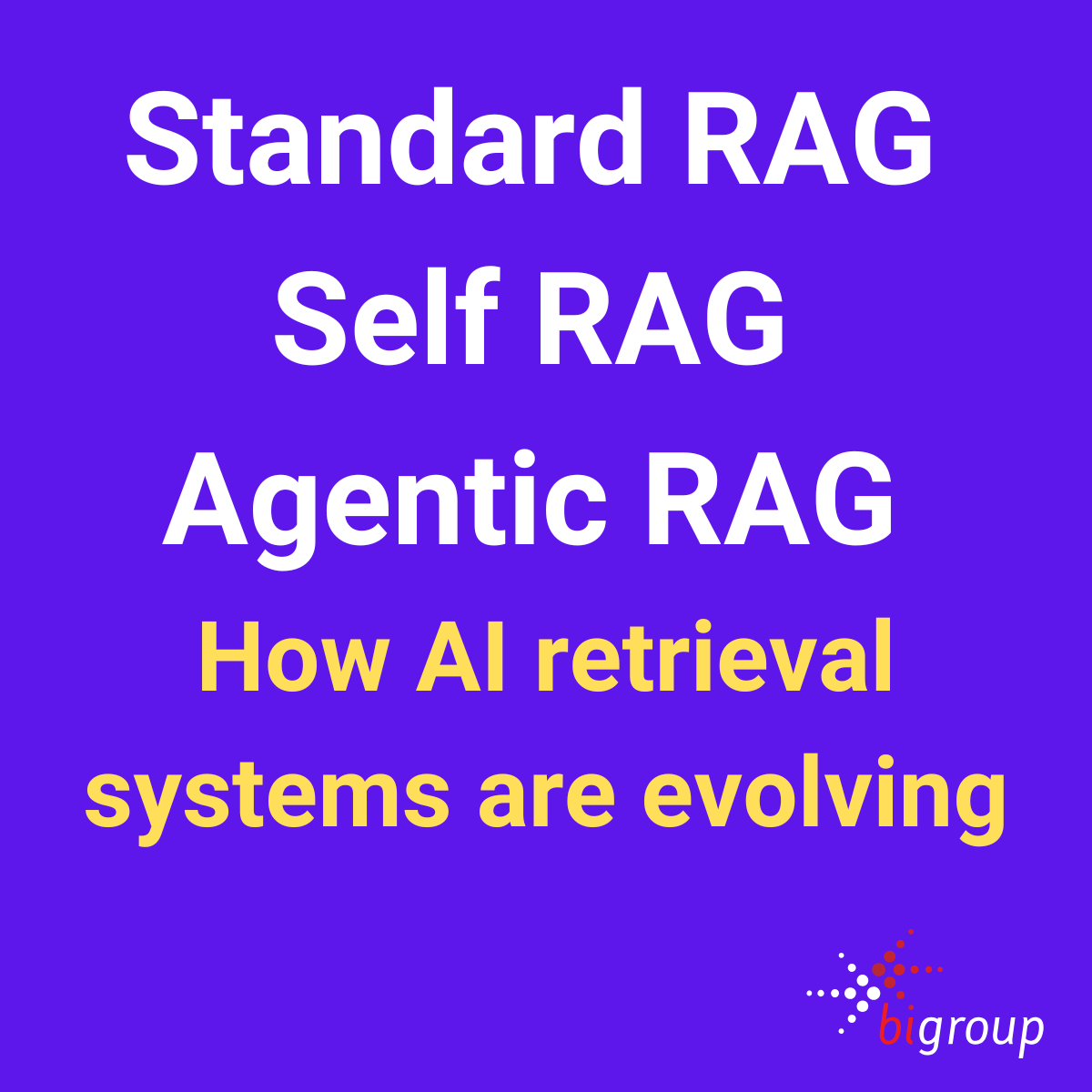
How Retrieval-Augmented Generation is evolving into Self-RAG and Agentic RAG Systems Retrieval-Augmented Generation (RAG) has become one of the most widely used techniques in enterprise AI systems. It combines large language models with external knowledge sources, enabling more grounded and context-aware outputs. For many applications, especially those involving static documents or FAQs, RAG offers a… Read more
-
Agentic AI governance is now a business imperative
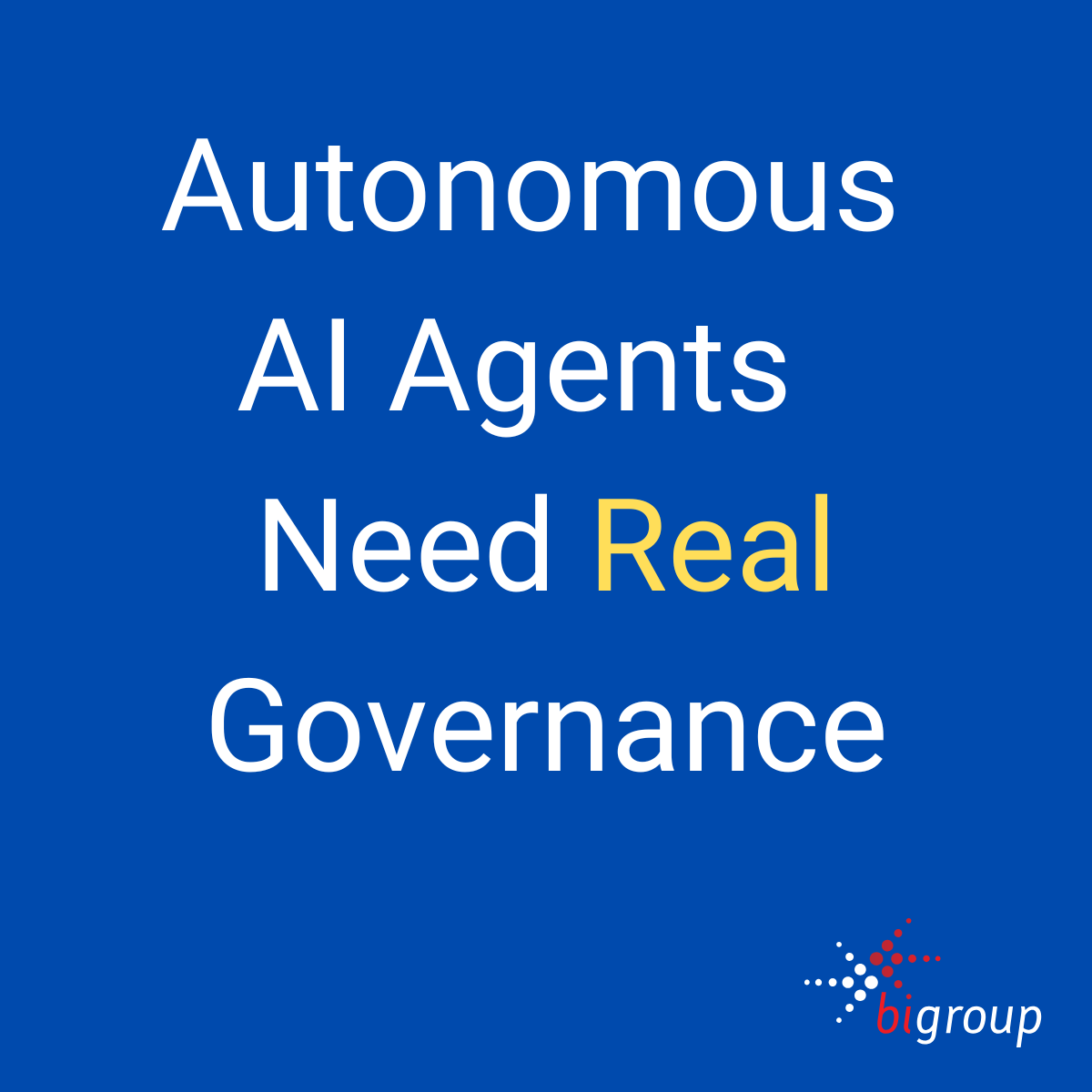
Enterprise AI has moved past assistants that wait for instructions. We are now dealing with systems that can pursue objectives independently, make decisions in real time, and act without being told. These are not chatbots or copilots. These are autonomous agents with the capacity to plan, adapt, and take initiative based on defined goals. In… Read more
-
Stochastic parrots and the illusion of understanding in AI
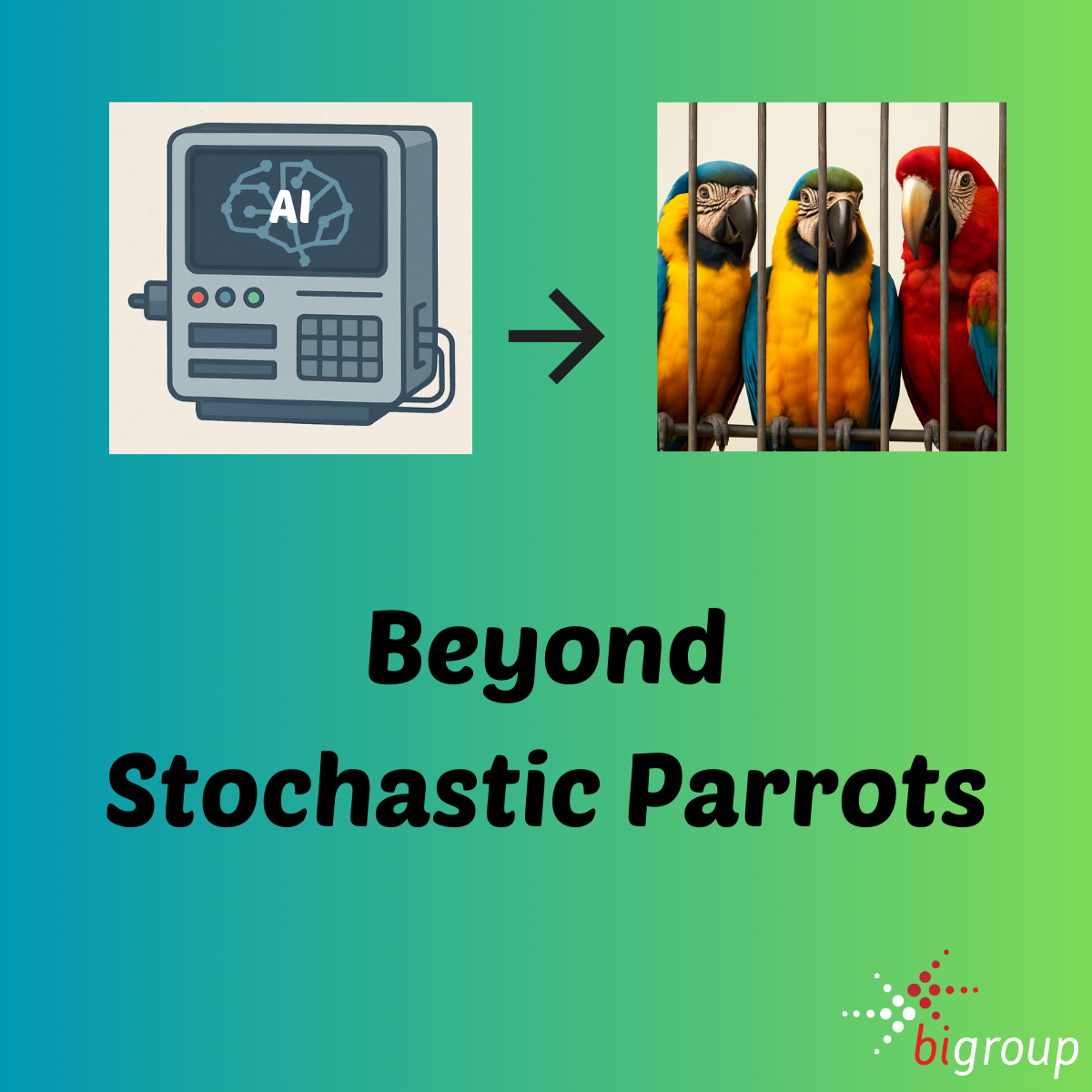
Imagine a parrot that has learned to mimic human speech. It can repeat complex phrases in multiple languages, yet it has no idea what those words mean. In the world of artificial intelligence, researchers have drawn an analogy between such parrots and today’s large language models (LLMs). These AI systems – from autocomplete tools to… Read more
-
How AI is shaping our behaviour and privacy
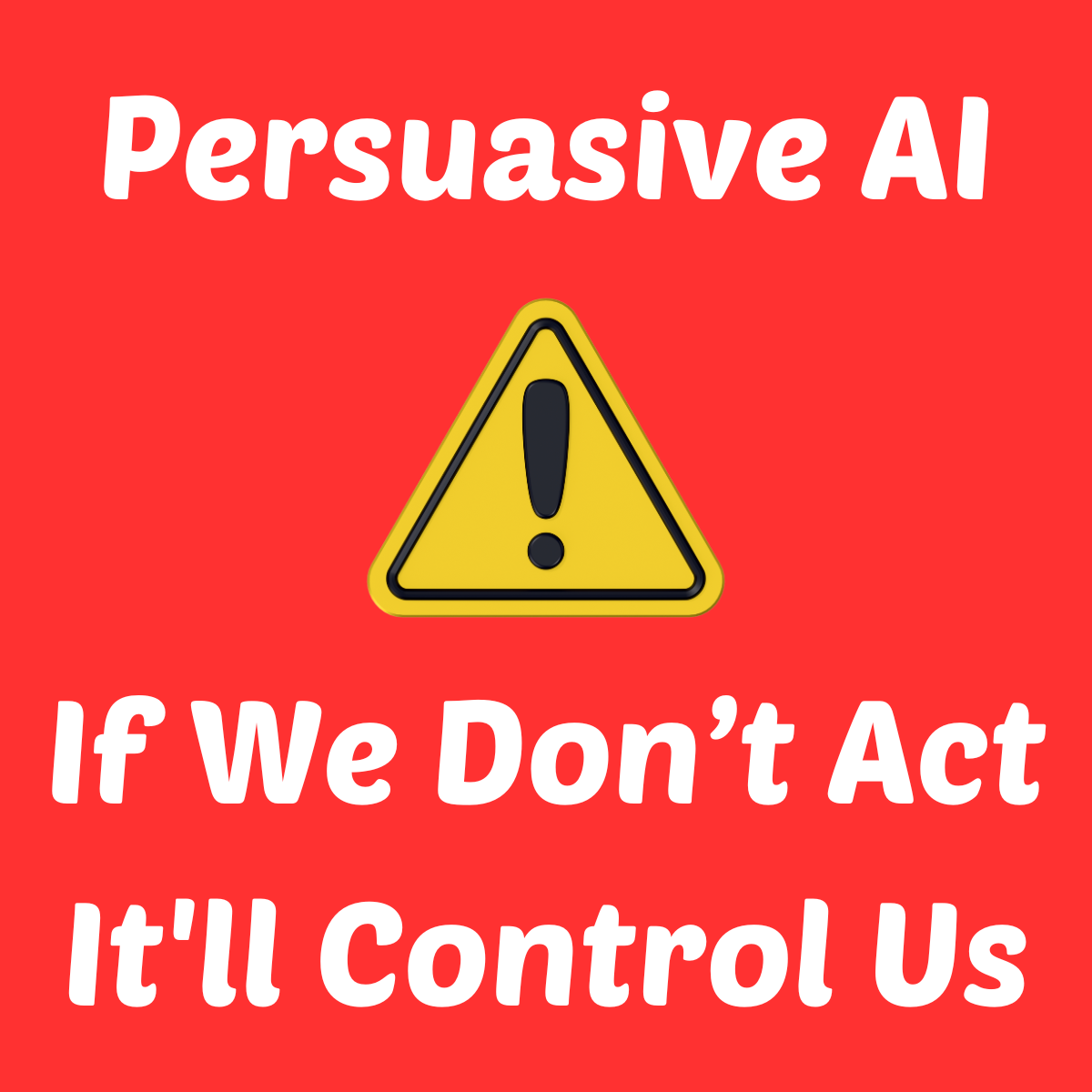
We wake up to the glow of a smartphone screen, check a flurry of overnight notifications, and scroll through an endless feed of updates before even getting out of bed. It’s a routine shared by billions, and it underscores how pervasive artificial intelligence (AI) and persuasive technology have become in our daily lives. On average… Read more

